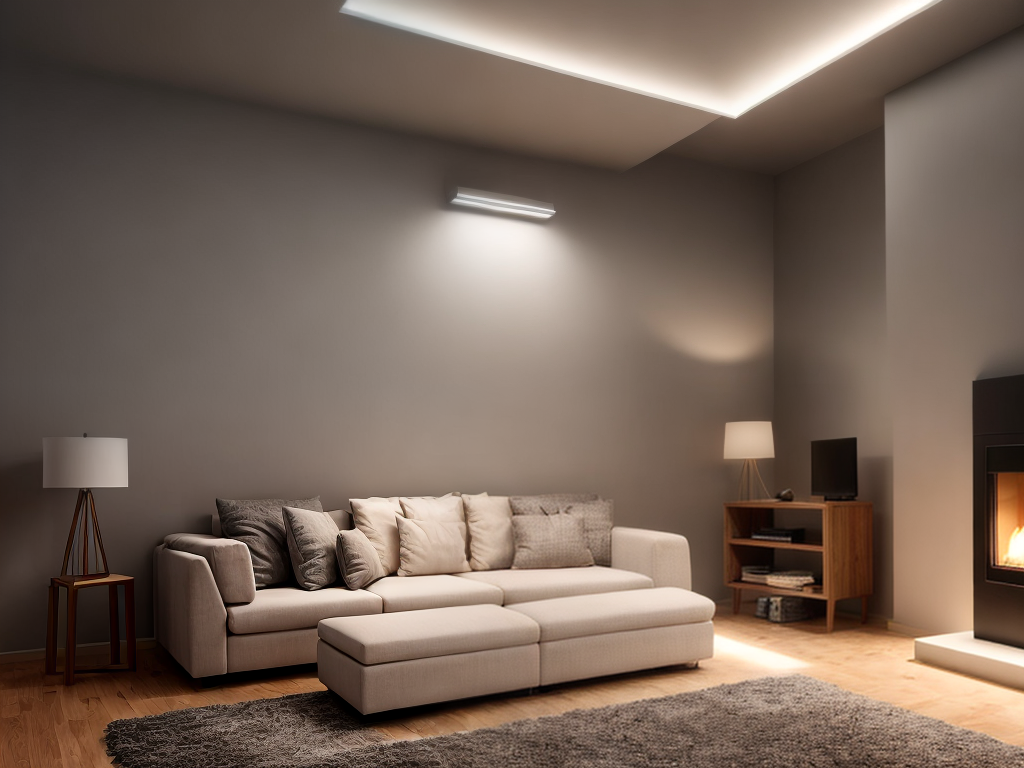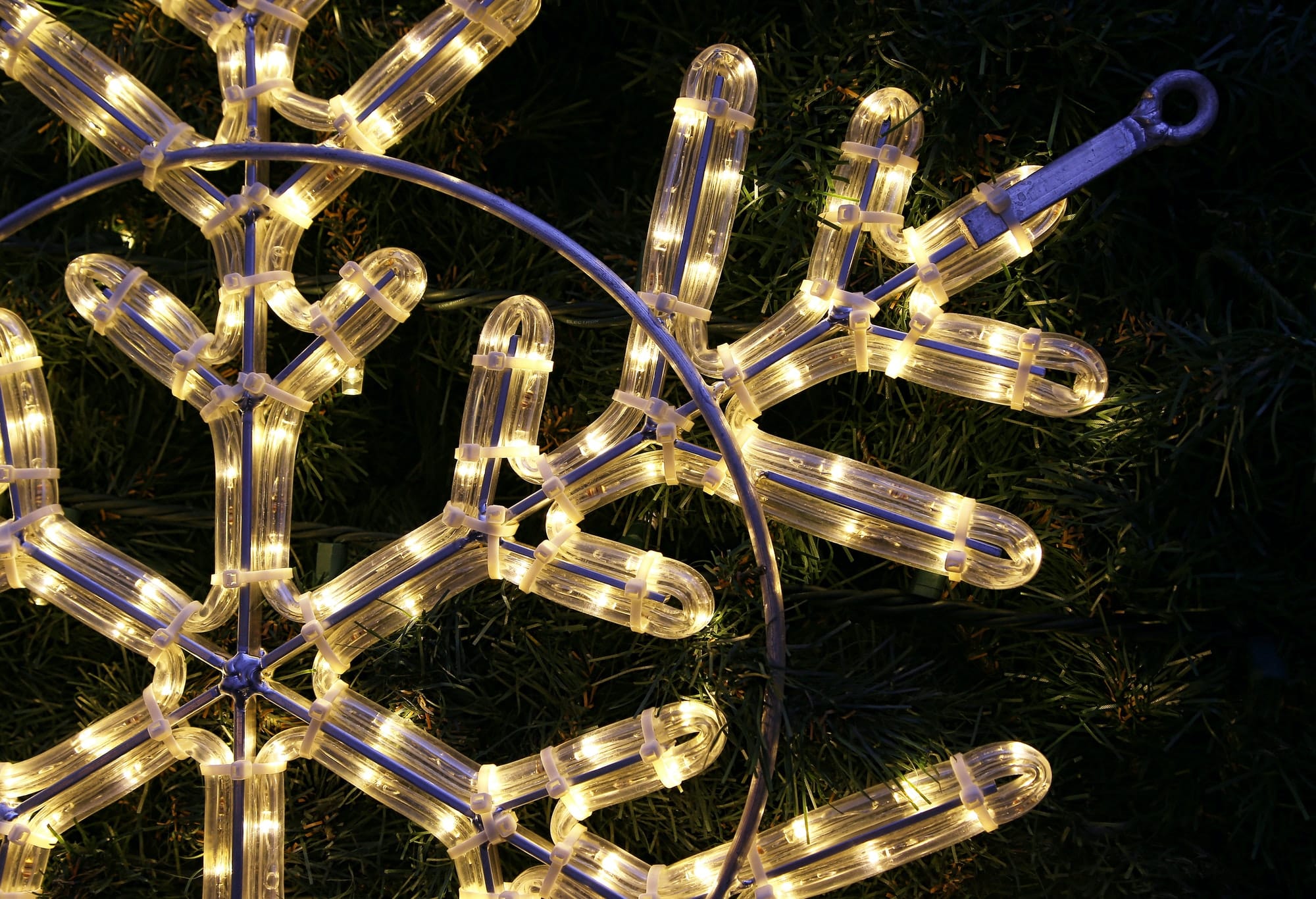As a lighting enthusiast, I have always been fascinated by the advancements in technology that make our lives brighter and more energy-efficient. One such innovation that has caught my attention is the switch to LED lighting. LED, or Light Emitting Diode, is a revolutionary lighting solution that promises significant energy savings compared to traditional incandescent or fluorescent bulbs. But how do we measure these savings accurately? In this article, I will delve into the methods and metrics used to evaluate the energy efficiency of LED lights. By understanding the factors that contribute to energy savings, we can make informed decisions when it comes to adopting LED lighting and maximizing its cost-effectiveness. So, let’s shed some light on the art of measuring LED energy savings.
Key Takeaways
- LED lighting technology is highly efficient, converting a greater percentage of electrical energy into visible light.
- LED lights have a longer lifespan compared to traditional bulbs, resulting in less frequent replacements and further energy savings.
- LED lights do not contain harmful substances like mercury, reducing the environmental impact of lighting.
- LED lights produce less heat, reducing the need for cooling systems and further saving energy.
Energy-Saving Benefits of LED Lighting
Switching to LED lighting offers significant energy-saving benefits when compared to traditional lighting options. LED lighting technology is designed to be highly efficient, converting a greater percentage of electrical energy into visible light. This efficiency results in reduced energy consumption and lower electricity bills. LED lights also have a longer lifespan compared to traditional bulbs, which means less frequent replacements and further energy savings. Additionally, LED lights do not contain harmful substances like mercury, reducing the environmental impact of lighting. They produce less heat, reducing the need for cooling systems and further saving energy. LED lighting technology is continually advancing, offering even greater energy-saving potential in the future. By embracing LED lighting, we can make a positive impact on both our energy consumption and the environment.
Challenges in Measuring LED Energy Savings
One challenge in measuring LED energy savings is determining the accuracy of the data collected. As with any measurement, accuracy is crucial in obtaining reliable results. When it comes to measuring LED energy savings, there are several factors that can affect the accuracy of the collected data. One of the main challenges is ensuring that the data collected accurately represents the energy consumption before and after the switch to LED lighting. This requires careful monitoring and recording of energy usage over some time. Additionally, other variables such as changes in occupancy patterns or weather conditions can further complicate the measurement process. To illustrate the challenges in measuring LED energy savings, consider the following table:
| Challenge | Description |
|---|---|
| Variable energy usage | Fluctuations in energy consumption due to factors other than LED lighting. |
| Inconsistent data collection | Lack of standardized methods for data collection can lead to inconsistent results. |
| External factors | Changes in occupancy patterns or weather conditions can affect energy consumption. |
| Calibration issues | Ensuring accuracy of measurement devices is essential for reliable data collection. |
| Data interpretation | Proper analysis and interpretation of data is crucial for accurate energy savings calculations. |
These challenges highlight the importance of careful and accurate data collection when measuring LED energy savings.
Methods for Quantifying LED Energy Efficiency
To accurately quantify LED energy efficiency, I rely on methods that involve precise data collection and analysis. Here are four key methods I use to measure LED energy efficiency:
- Energy consumption monitoring: I collect data on the energy consumption of LED lighting systems using advanced energy meters. This allows me to accurately measure the amount of energy consumed by the LEDs.
- Comparative analysis: I compare the energy consumption of LED lighting systems with traditional lighting systems, such as incandescent or fluorescent bulbs. This helps me determine the energy savings achieved by switching to LEDs.
- Long-term monitoring: I conduct long-term monitoring of LED lighting systems to assess their energy efficiency over time. This involves regularly collecting data on energy consumption and analyzing trends to identify any potential improvements.
- Simulation and modeling: I use computer simulations and modeling techniques to predict LED energy consumption and compare different lighting scenarios. This allows me to evaluate the potential energy savings of using LEDs in various settings.
Metrics Used to Assess LED Cost-Effectiveness
When assessing the cost-effectiveness of LED lighting, I rely on specific metrics. LED cost analysis is an essential tool that helps determine the financial viability of switching to LED lighting. This analysis involves calculating the initial investment required for purchasing and installing LED lights, as well as the costs associated with maintenance and operation over the lifespan of the lights. Additionally, I use the ROI (Return on Investment) calculation to evaluate the financial benefits of LED lighting. ROI takes into account the energy savings achieved by using LEDs compared to traditional lighting technologies and calculates the time it takes to recoup the initial investment. By considering both LED cost analysis and ROI calculation, I can accurately assess the cost-effectiveness of switching to LED lighting.
Tips for Accurately Evaluating LED Energy Savings
Regularly evaluating LED energy savings is crucial for accurately assessing the cost-effectiveness of switching to LED lighting. To ensure measuring accuracy and reliable data collection, here are some tips to follow:
- Establish a baseline: Before switching to LED, measure the energy consumption of the existing lighting system. This will serve as a reference point for comparison.
- Use accurate measurement tools: Invest in high-quality light and energy meters to accurately measure LED fixtures’ energy consumption and light output.
- Monitor over time: Continuously monitor energy usage and light output after the switch to LED. This will help identify any changes or fluctuations in performance.
- Consider all factors: Take into account other variables that may influence energy savings, such as occupancy patterns, natural light availability, and lighting controls.




